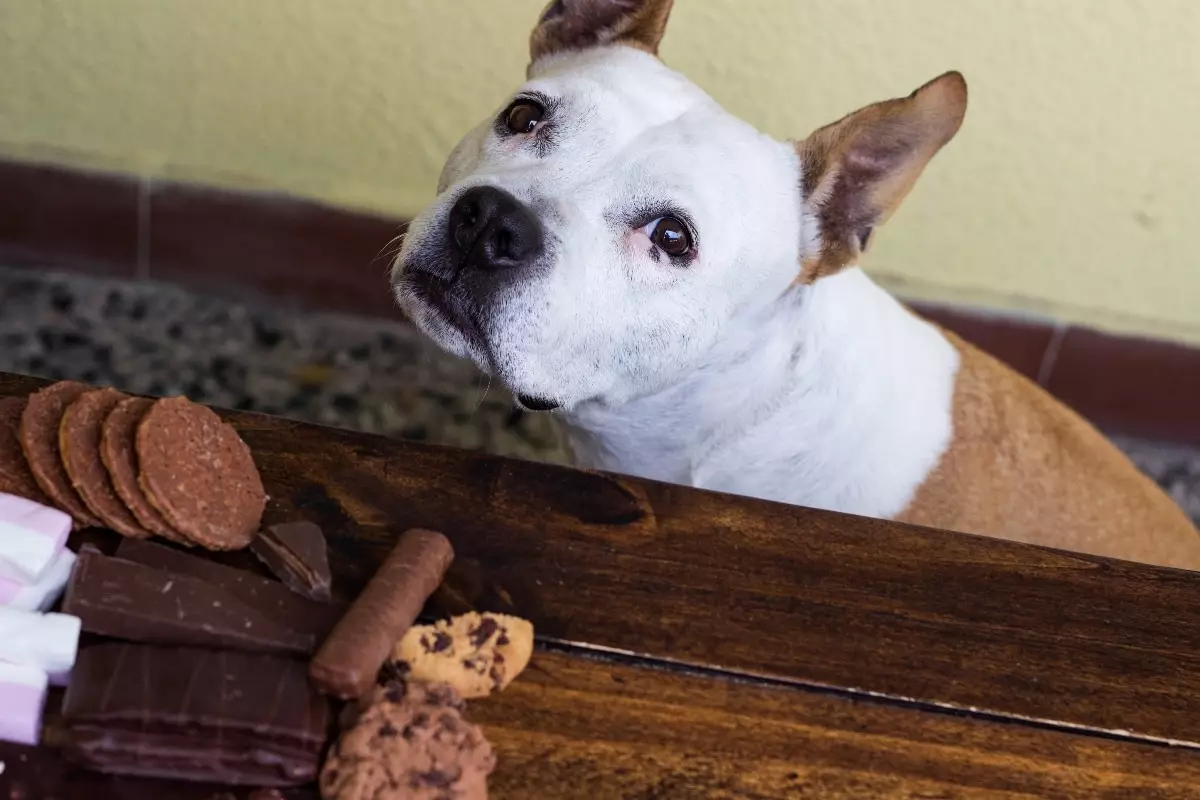Every pet owner’s worst nightmare is witnessing their beloved dog ingest something toxic, often without immediate notice. Among these hazards, chocolate stands out as a deceptively common yet perilous threat. During holiday seasons like Easter and Halloween, candy is everywhere—on countertops, in baskets, and within reach of curious paws. The vivid colors and enticing scent of chocolate make it irresistible not only to humans but also to dogs that are expert at exploiting every opportunity. Regrettably, this often translates to emergency visits to the veterinarian, and in severe cases, it can be life-threatening. The danger is nuanced; while some chocolates are more toxic than others, all contain components that can harm canine health.
The Toxic Components That Make Chocolate a Killer for Dogs
Chocolate contains two primary toxins: theobromine and caffeine. Theobromine is the real villain here. Found in varying concentrations across different types of chocolate, it acts as a stimulant for dogs’ central nervous system and cardiovascular system. White and milk chocolates are less dangerous due to their lower theobromine content, but dark and baker’s chocolates carry significantly higher risks. Even small quantities can cause rapid vomiting, diarrhea, hyperactivity, tremors, increased heart rate, and in extreme cases, seizures or death. The amount a dog consumes relative to its size is critical; a small dog can suffer severe consequences from a single Hershey’s kiss, while larger dogs might tolerate slightly more, but never without risk.
Understanding Dose and Effect: Why Timing Matters
The severity of poisoning depends largely on the ingested amount and the dog’s weight. As a rule of thumb, serious reactions tend to occur after consumption of roughly 100 to 150 milligrams of theobromine per kilogram of body weight. However, individual sensitivity varies, and even lower doses warrant emergency attention because symptoms can escalate rapidly. Prompt veterinary intervention is crucial—ideally, before symptoms manifest. If a dog vomits soon after ingestion, inducing vomiting under veterinary supervision can be effective in preventing further absorption of toxins. Once symptoms such as vomiting, tremors, or hyperactivity appear, delays could prove deadly.
Preventive Measures: Vigilance and Preparedness
Prevention begins with proactive measures. Pet owners should never underestimate a canine’s resourcefulness and curiosity. Dogs are adept climbers and counter-surfers, constantly observing and waiting for moments of distraction to snatch food. Keeping chocolates and other toxic foods out of reach is non-negotiable. Using secure containers and ensuring cabinets are locked can make all the difference. Equally important is maintaining a well-stocked emergency kit—such as a veterinary-grade detoxifier—that can buy time in case of accidental ingestion. Products like Dr. Cuddles’ ReadyRESCUE offer a critical window for owners to seek veterinary help before symptoms worsen. It’s essential to familiarize oneself with the signs of poisoning and act swiftly; delaying can turn a manageable situation into a tragedy.
The Responsibility of Pet Ownership
Dealing with pet toxins requires responsibility, awareness, and swift action. Educating oneself about the specific dangers lurking in everyday household items can save a life. Many pet owners neglect to realize that common foods like grapes, onions, or recreational drugs are also lethal. Yet, chocolates remain a prevalent threat during festive seasons. The key lies in vigilance—never assume “my dog won’t reach that.” Dogs are cunning, motivated by scent and hunger, and will exploit the smallest openings to satisfy their curiosity. If an accident happens, immediate consultation with a veterinarian cannot be overstated. Remember, the goal is prevention, but preparedness is essential in handling emergencies effectively.

